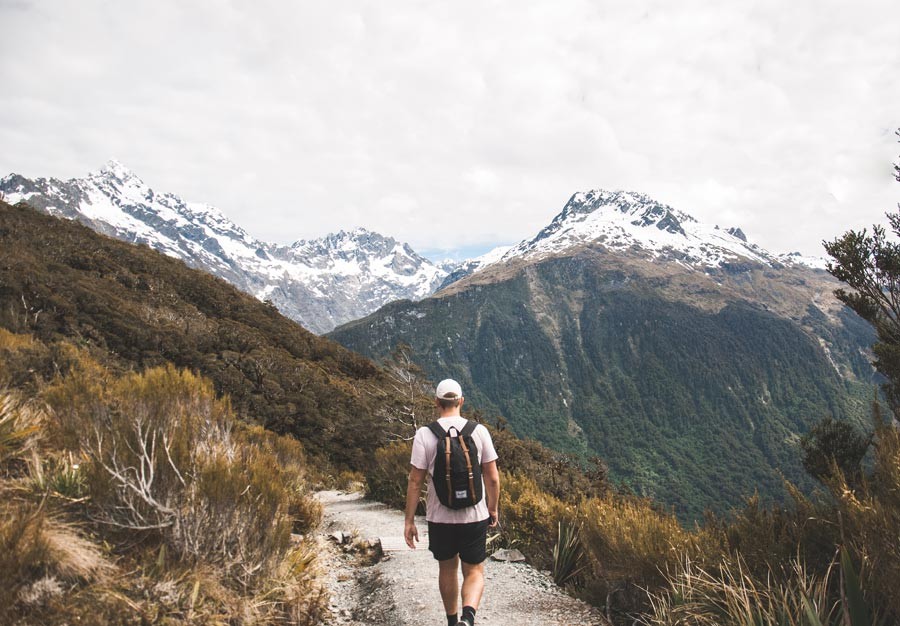Walking & hiking in New Zealand
Whether you're flying solo or you have a sizeable entourage, there are countless opportunities to get into the New Zealand countryside for a walk. Ranging from short guided tours to multi-day backcountry hikes there's something for all fitness levels and adventure tastes.
Guided Walks
Guided walks are a great option for those experienced in the outdoors and people looking for a more intense trekking experience. Taking the hassle out of organising food and transport, they also offer the advantage of an experienced escort who can explain local features and wildlife. Māori guides give another level of insight into the spiritual, medicinal and historical aspects of the land, while luxury tours offer the comfort of staying in exclusive lodges and not having to carry a backpack. Walking and hiking operators to look for include:
- Banks Peninsula Track [Akaroa]
- Ultimate Hikes [Queenstown]
- Guided Walks NZ [Queenstown]
- Great Walks [New Zealand-wide]
- Hollyford Track [Queenstown]
- Kahurangi Guided Walks [Takaka]
- Orokonui Ecosanctuary [Dunedin]
- Wilderness Guides [Picton]
Walking Independently
Walking independently is a great way to explore the stunning scenery at your own pace, tailoring the journey to your personal preferences. It is better suited to those who have hiking experience, however. Take care with planning and seek advice before setting out, especially when attempting an overnight walk. Food, water, emergency gear and warm, waterproof clothing should always be carried – the weather can change quickly! Visit a Department of Conservation Information Centre in the area you intend to walk to seek assistance and to register your departure and intentions.
Important Tips
- Get advice on weather conditions – see metservice.com for up-to-date forecasts.
- For safety’s sake, don’t go hiking alone.
- Register your plans at a DOC office before you leave.
- It is a good idea to buy or rent a personal locator beacon (PLB) in case you get into difficulties.
- Stick to the track to protect fragile plants.
- Wear a good pair of boots that support the ankles.
- Drink plenty of water to avoid dehydration – water from streams must be purified by boiling for at least three minutes or by using chemical purifiers.
- Wear sunscreen – the sun can be intense even when the weather is cold.
- Take a first aid kit containing something to soothe blisters – just in case!
- Carry gear in a backpack that fits comfortably.

Walking near Te Anau | Image: Tom King